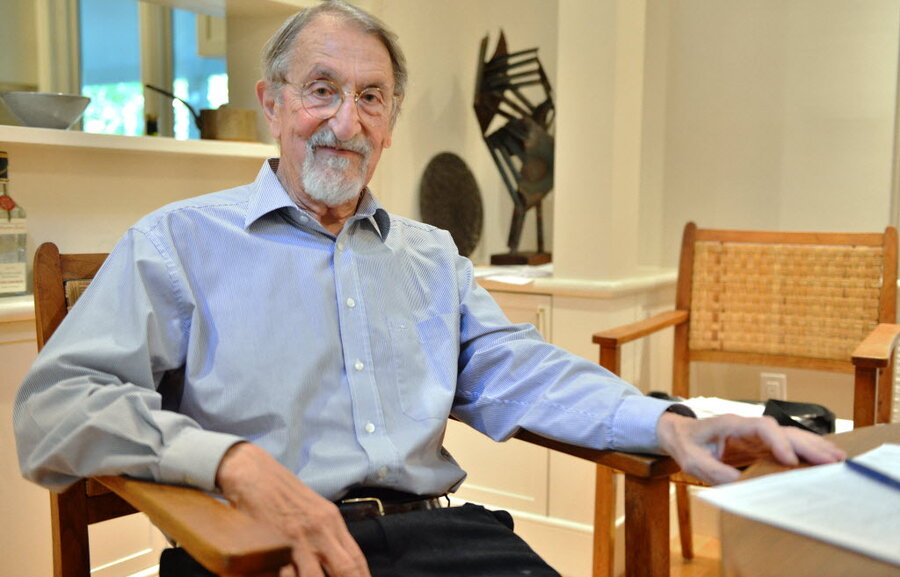2013 Nobel Prize in chemistry for mixing quantum and Newtonian physics
Loading...
The 2013 Nobel Prize in Chemistry was awarded to three scientists who developed computer simulations that model complex chemical reactions. The feat, undertaken at Harvard in the 1970s, managed to blend Newtonian classical physics with quantum physics. It allowed chemists to use computers instead of test tubes to understand chemical processes, and helped in the creation of new drugs as well as more efficient industrial products.
The prize was awarded to Martin Karplus, of the University and Strasbourg and Harvard University, Michael Levitt, of Stanford University, and Arieh Warshel, of the University of Southern California. The three scientists will share a $1.2 million purse “for the development of multiscale models for complex chemical systems,” according to a statement from the Royal Swedish Academy of Sciences.
Before the prize-winning team’s research, Newtonian and quantum physics had been considered an incompatible couple, the academy said. Newtonian physics had offered neat, simple strategies for modeling large molecules in stasis, but it had provided no means to model smaller molecules or chemical reactions. Meanwhile, quantum physics could model chemical reactions but required such extreme computing power that it was viable just for modeling small molecules. Scientists had needed to choose: model small molecules on a fine scale, or model large molecules on an impressionistic scale.
So, in the 1970s, Dr. Karplus, Dr. Warshel, and Dr. Levitt sought a better option: to not have to choose at all. The research took years. In 1972, the team published a description of a computing model that could perform quantum theoretical calculations on free electrons and then model the rest of the electron and all atomic nuclei using classical physics. This offered a clean blend of the two theories, allowing the researchers to produce exact models even of large molecules. But it still had limitations: it could model molecules just in stasis, not undergoing reactions.
Then, some four years later, the team published a second paper that described a computing strategy that could model enzymatic reactions. Enzymes are the proteins that direct chemical reactions in living organisms, and modeling them in action was critical to understanding how living bodies function.
“If you want to understand life, you need to understand enzymes,” the academy said, in a statement.
This meant that it was now possible to model chemical reactions regardless of molecule size. The team would later go on to fine-tune the computing system, showing that it is possible to bundle single, less-interesting atoms into general groups in the calculation, whittling the required computing power but producing no less accurate results.
Such computing has ever since supported diverse lines of chemical research inquiry, allowing researchers to forgo the lab and computationally model complex chemical reactions. Modeling these reactions in hyper detail has allowed chemists to test out new pharmaceuticals and has supported the development of more effective catalytic converters for automobiles. Levitt has also written that the modeling system could yield a molecular-level simulation of a living organism.
In 2012, the Nobel Prize in Chemistry was awarded to Robert J. Lefkowitz and Brian K. Kobilka for their work on the receptors that allow cells to sense and adapt to their environment. Since 1901, the Nobel Prize foundation has awarded 105 Nobel Prizes in Chemistry.






